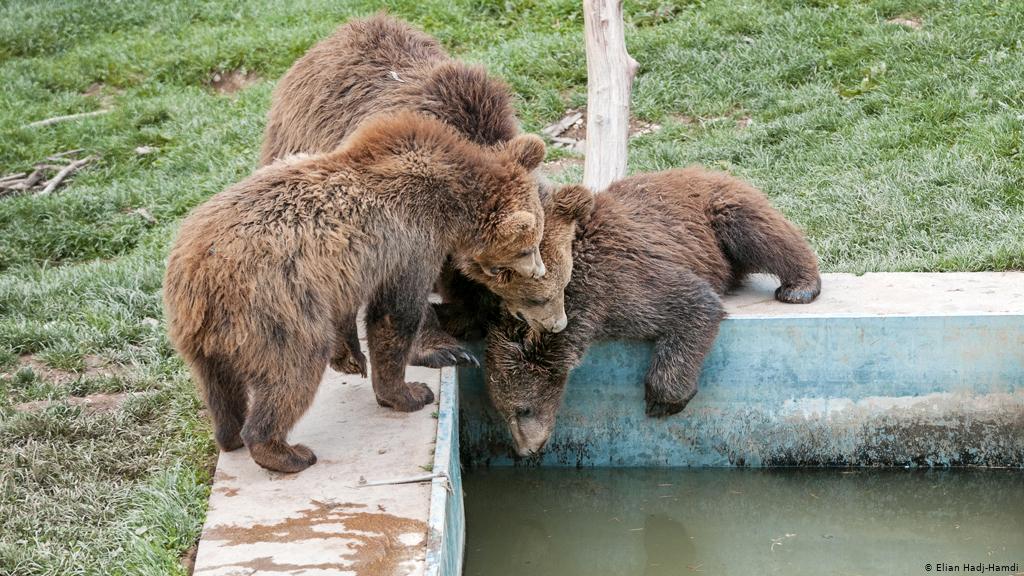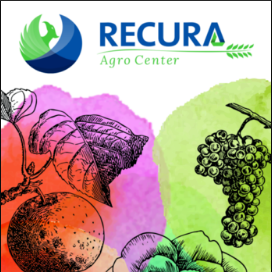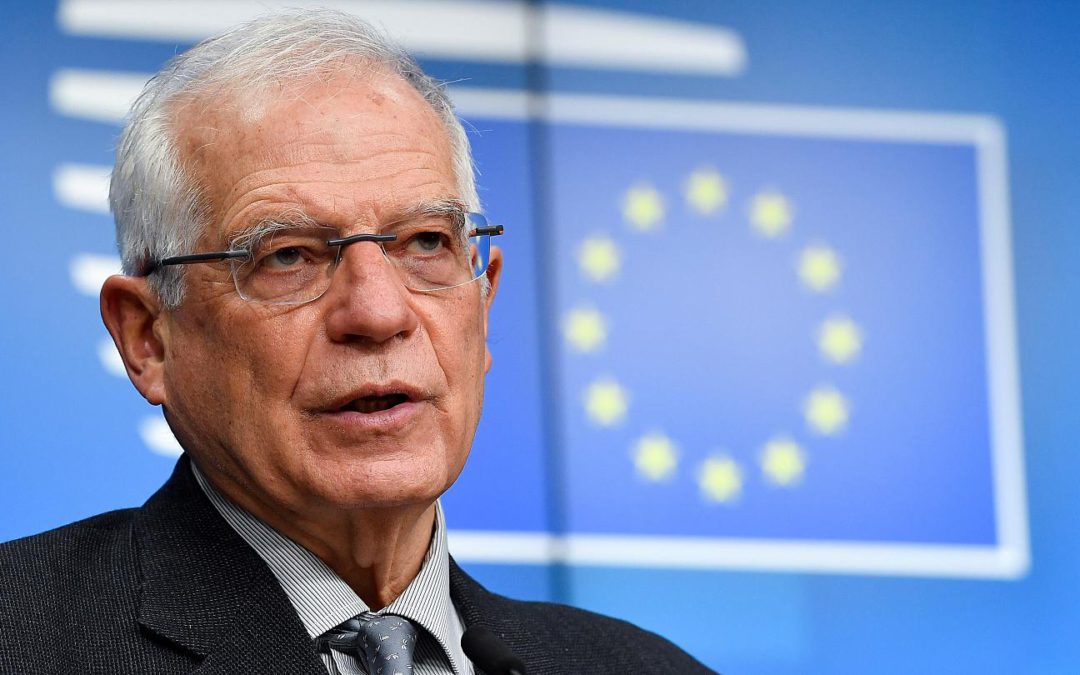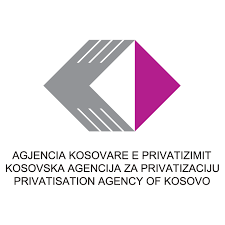Kassandra paced back and forth in her new enclosure, her shoulders bulging with each padded step. She clawed at the ground as she stopped and sniffed the grass, before she slid into her concrete pool to cool herself from the midday heat. In that moment, she looked content as Afrim Mahmuti, Four Paws site manager at the Bear Sanctuary Pristina, approached. He introduced her as “the first bear we rescued from captivity.” When Four Paws found Kassandra, she was in a 6-square-meter cage by the side of a mountain road, neglected, undernourished, and forgotten by her previous owners.
Four Paws is an international animal welfare organization. It specializes in the rescue of bears and big cats around the world. It also campaigns for the rights of all animals. Its projects are financed almost entirely by private donations. Kassandra is one of 13 adult brown bears that had been held in small cages at restaurants and markets in Kosovo. Now, thanks to the efforts of Four Paws, the Kosovar Department of Environment, the Pristina Police Department, and KFOR, all 13 have been rescued and have comfortable lives at Bear Sanctuary Pristina.
Many of the restaurant bears lived in cramped cages without water to bathe or drink, and were fed bread crusts, soft drinks, and other unsuitable foods. They arrived undernourished and underweight. At the sanctuary, they are given regular meals, exactly like the food they would eat in the wild, and each enclosure contains a pool. Slight alterations are made to the diets of the bears that require extra vitamins or nutrients.
However, not all captive bears in Kosovo were so lucky. In May, 2013, two male bears who were kept in a small cage at a market in Mitrovica, were killed for their organs just hours before Four Paws arrived to rescue them. At the time of the bears’ deaths, Four Paws was rescuing two other bears in Prizren. Bear organs, especially the gall bladder, are harvested and sold because they are believed to have medicinal uses.
“That’s a very sad thing, because it happened while we were confiscating the other bears. They were killed after we had already legally confiscated them, but not physically,” said Dardan Gashi, the Minister of Environment and Spatial Planning for Kosovo.
“The other sad thing was that the courts did not see any crime there. In fact they should have seen crime there, because it’s a penal offense, but the court decided this was a minor issue. They were each fined a couple hundred Euros and then released…We have filed again and are expecting the courts to respond at some point.”
According to Gashi, the penalty for such an offense is up to two years in jail and a fine of up to €20,000. But there has not been a single case brought against anyone for owning a brown bear. Prior to 2010, when it became illegal for individuals to own brown bears, they were used as attractions, to draw patrons to the shops and restaurants. According to Gashi, not only are brown bear protected, but so are animals native to the Balkans, and imported species. The ministry decides which species are protected, but it is up to the courts to follow through with the penalties.
Gashi said the legal protection of brown bears came after they requested it.
“It is a national law, therefore it is even more sad that the courts didn’t follow through with the convictions,” he added.
After the law was enacted, Four Paws immediately began negotiations with the federal government. It became the only organization that could legally keep bears. It was also granted 1,600 square meters of forested land for the sanctuary. The sanctuary is 20 kilometers from Pristina, near the village of Mramor. The entrance is marked by two chain link doors. Inside the inner complex, the management building sits in the middle, surrounded by five fenced enclosures, complete with chain link and an electrified fence on the inside.
“People started to realize the conditions the bears were living in were not good,” said Mahmuti. “And now those same people are coming to the sanctuary and they see that they have a much better habitat and life now.”
In 2012, the first phase was finished. It included the construction of the sanctuary’s management building and smaller enclosures which covered 5,000 square meters of the land. Each small enclosure contains a large concrete pipe the bears can use as a makeshift den, a small concrete pool, and other things the bears can use for shelter or play.
“By the end of 2013, we had rescued every restaurant bear in Kosovo,” Mahmuti explained. “It is now our goal to finish construction on the main habitat that will cover the remaining land.”
Mahmuti expects that enclosure to be ready by the end of July. In addition to the adult bears, there are three cubs, which are kept from the area that guests will be allowed to visit, in order to minimize their contact with humans.
“It is preferred that the bears do not have cubs, because they will need limited human contact to be successfully released back into nature,” said Mahmuti. The cubs are only visible via a television monitor in the management building. Their contact is from the Four Paws employees who work at the sanctuary, and even then, contact is minimal. Education is also a key objective of Four Paws and the bear sanctuary project.
“The project is a major step forward in our initiative to develop and deliver educational and sustainable tourism opportunities with a primary focus on animal and environmental protection in Kosovo,” said Jeton Hetemaj, an Abstractor of Education, Tourism, and Fundraising for Four Paws.
“It also assists in developing a wider understanding of biological and landscape diversity, and has the potential to change public attitudes, behavior, and to encourage individuals to take responsibility and become involved in environmental protection.”
According to Hetemaj, an important part of the initiative for developing sustainable tourism is to generate money that can be used for nature protection and scientific research. Although the sanctuary does not charge admission, there is a donation box. In order to achieve their goals, Four Paws and the Bear Sanctuary Pristina are developing a growing relationship with institutions like the Ministry of Environment, which helped provide land for the sanctuary, universities that wish to conduct research there, and local authorities.
The sanctuary has 10 key employees, including Mahmuti, Hetemaj, Jeta Lepaja, an Administrative and Communication assistant, and six keepers who assist in the care and rehabilitation of the bears. Another portion of the sanctuary’s work force comes from volunteer youth groups. As part of its education goal, the bear sanctuary allows many schools in the area to bring children for a time to be further educated in animal rights and environmental protection. The sanctuary also has a group of biology students from the University of Pristina who volunteer and do research. This goal is also meant to develop a desire among different age groups to protect ecosystems and value biodiversity. The sanctuary will also be used as a place to organize group outings with various ethnic communities. These outings are meant to foster interethnic relations, according to Hetemaj. The only financial donor to the project is Four Paws International. The annual costs include the feeding costs, veterinary controls, enrichment programs, staff pay, maintenance, activities related to environmental education, and electricity, according to Hetemaj. These operational costs are about €150,000 a year.
According to Carsten Hertwig, Head of Competence Center Bears, which focuses on wild bears in captivity, Four Paws has given the bear sanctuary about €800,000 for construction. The sanctuary plans to build more facilities for the bears, as well as for visitor education, which will cost an estimated €1 million. For this next construction project, Four Paws is looking for other partners such as development agencies. The costs are high due to Four Paws and the sanctuary’s high standards of bear management, according to Hertwig. The sanctuary needs enough food and enough trained workers to properly care for the bears. Food for the bears, including fruits, vegetables and occasionally meat, come from a supplier in the area. A bear’s diet typically consists of 80 to 85 percent fruits and vegetables, with the exception of autumn when the bears are fed more meat to prepare them for winter.
Brown bears are dangerous animals, especially in circumstances that are unknown to them. So Four Paws has put in place many safety regulations to ensure the safety of visitors, and protect the bears. According to Hetemaj, safety measures include two-layer electric fences around the habitats. There is a generator to use in the event of a power failure. The sanctuary is also surrounded with cameras that provide 24-hour surveillance of the bears. There are underground barriers. Also there are emergency plans and a trained staff ready to act in the event of such an escape, however no such occurrence has happened in the year the sanctuary has been open.
“It is true, in a way, that by keeping these bears in a habitat it is similar to what was happening at the restaurants, but you could not release these bears into the wilderness,” said Gashi. “They wouldn’t survive in the wild, or they would pose a danger to people because they are used to being fed and they could migrate back to neighborhoods and towns. We talked a lot about this before the decision was made to keep the bears at the sanctuary. It continues to be sad that we must keep these bears there, but it is a much better solution for them.” According to Hetemaj, bears that have been kept in captivity their whole lives have no chance of survival in the wild. The aim is to provide the bears with an environment where they can live according to their needs. When the second phase of the project is complete, the bears will have space similar to their natural habitat in the wild and will have a chance to live as naturally as possible.
“I think this is a good, long-term project,” said Mahmuti. “We have a lot of support from Four Paws International in Vienna and a good cooperation from local institutions.” Gashi said the creation of the sanctuary has made possible things that were never been done in Kosovo.
“Just the fact that they allow for school children to come and see the bears, as opposed to where these bears were seen before, is a huge improvement.” Gashi said.
(Brian Huber is a reporting intern at KosovaLive this summer in collaboration with Miami University in the United States.)








